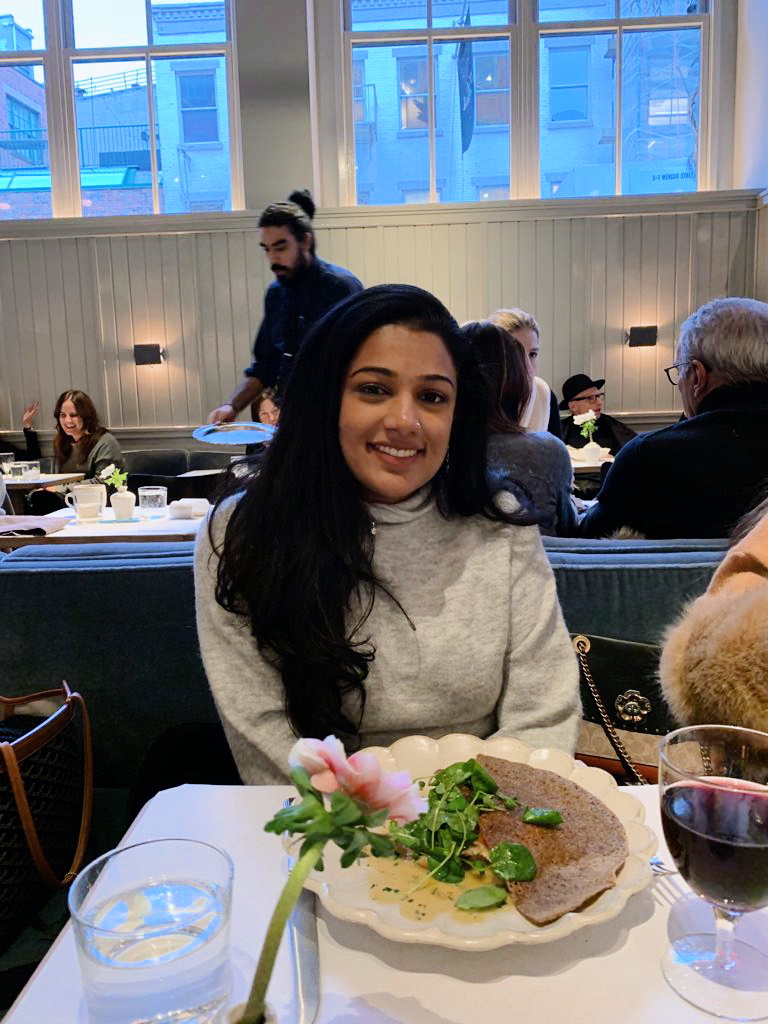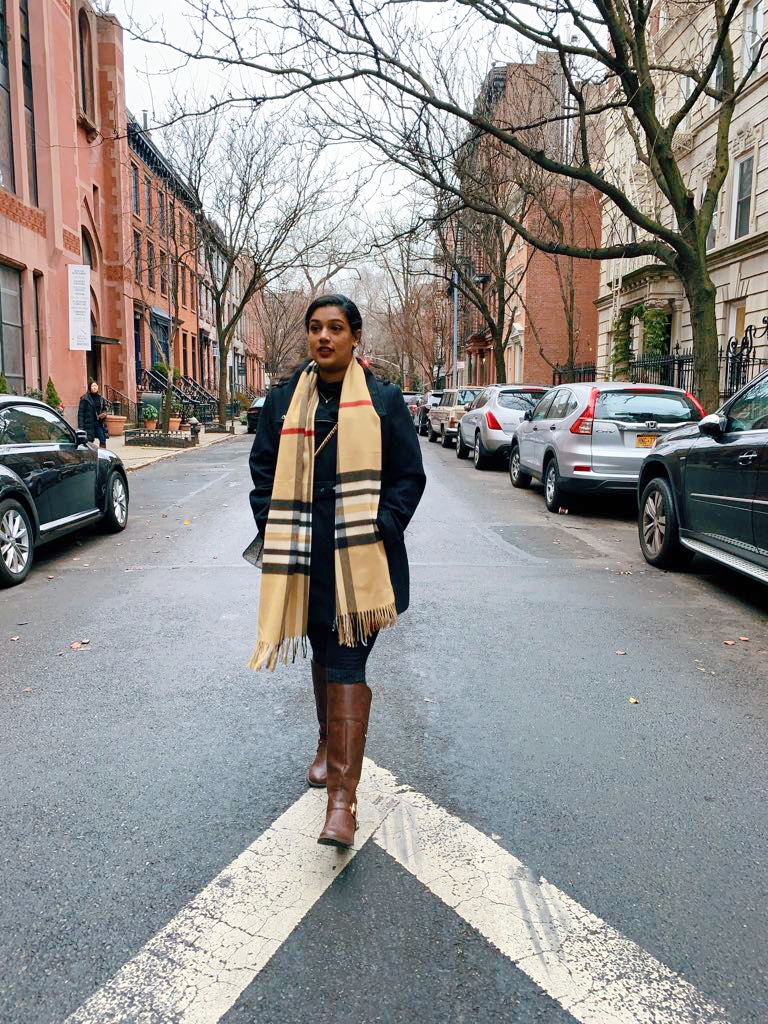Keratoconus Journey: Nishi

An Unusual College Experience
Going to college is a big transition for any teenager. The first year is typically filled with new feelings, challenges and opportunities that shape the kind of adult you will eventually become. But for Nishi, dealing with a keratoconus diagnosis was a challenge she hadn’t expected.
Growing up Nishi had 20/20 vision and was taken by surprise when she suddenly had trouble seeing the board in her calculus class. To make sure she didn’t fall behind, she started sitting in the front of the class, relied on friends to read things off the board, and closed her left eye to help bring her vision into focus. While her grades never suffered, Nishi had to spend more time doing her schoolwork to make sure she was keeping up with class expectations.

Nishi wanted to understand what was causing the change to her vision, so she went for an eye exam. Her optometrist diagnosed her with keratoconus and then referred her to a specialist for further evaluation. It was during this appointment that she learned about corneal cross-linking, a procedure that could halt the progression of her keratoconus. Nishi’s left eye was deteriorating at a very fast pace, and her physician felt this treatment was the best option for Nishi’s condition and recommended her for a clinical trial. However, Nishi wanted to wait until the procedure received FDA approval in the United States.
A Waiting Game
While waiting for the procedure to receive FDA approval, Nishi was given a pair of glasses to help her blurry vision. The glasses only improved her vision slightly, but Nishi relied on them for everything, especially when it came to driving and traveling. She had difficulty reading street signs, and headlights bothered her eyes while driving at night.
Since being diagnosed with keratoconus, Nishi realized how much the condition changed the way she was living her life. Familiarity became very important to her, so she had to be more selective when deciding where to travel. She was also missing out on social activities, declining a nighttime maze with her friends because she wasn’t confident that she could rely on her vision during the activity.
Keratoconus also took an emotional toll on her family. Before her diagnosis, no one in her family had heard of keratoconus. Nishi’s mom found it extremely difficult watching her daughter struggle. She wished there was an available procedure to treat her keratoconus sooner and avoid risking further progression of the condition.
Looking Toward the Future

In November 2016, about seven months after cross-linking became FDA approved and over two years after her initial diagnosis, Nishi received the procedure in her left eye. About two years later, in October 2018, she also received cross-linking on her right eye. Nishi’s recovery was not too painful and primarily resulted from the bandage contact lens that was used to protect her eye after the treatment. Nishi also experienced blurry vision following her second procedure, which her glasses did little to help. By December 2018, a month after cross-linking, Nishi’s post-procedure blurriness had improved and her vision had stabilized.
Now finished with college, Nishi is a Business Analyst for an Internet of Things (IoT) company. In her role, Nishi is constantly looking at her computer and reading barcodes, which can be difficult due to the small size of the numbers. Because the keratoconus in her left eye was far more progressed, Nishi still relies on her right eye much more than her left for reading.
Following cross-linking, Nishi is hopeful that she can reduce the number of visits to her eye doctor and can get one prescription that will last well into the future. Nishi is grateful that cross-linking became available to halt the progression of her keratoconus and is happy in her decision to get the treatment.
Click here to read more KC Journeys.
The results described on this site are based on data collected regarding short- and intermediate-term efficacy of treatment. Individual results are not guaranteed and may vary.